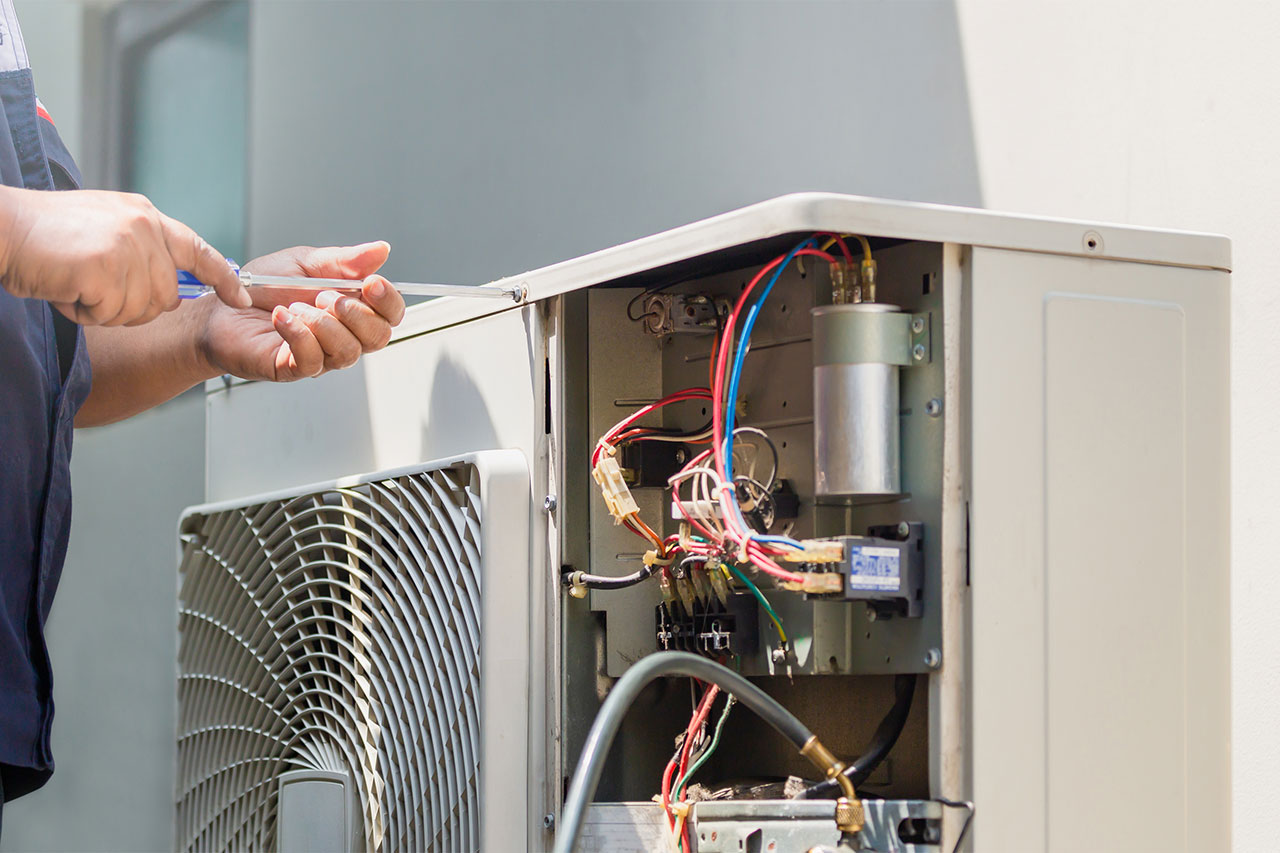Within this ever-evolving world, discovering ways to enhance comfort and efficiency in the homes has become a priority. AC repair emerging solution that is gaining traction is the smart thermostat, a crucial player in the future of temperature control. While we look at the broader scope of heating, ventilation, and air conditioning — commonly known as HVAC — the integration of technology offers innovative ways to manage our indoor environments more effectively.
For those unfamiliar with the term, HVAC encompasses the systems responsible for heating and cooling our spaces, ensuring that we feel comfortable regardless of the season. In this article, we will delve into the ins and outs of HVAC systems, ranging from understanding their basic functions to tackling common issues and maintenance needs. With smart thermostats leading the charge, we’ll also discuss how these devices not only optimize energy consumption but also revolutionize how we interact with our home environments. Whether you're a homeowner looking to improve efficiency or simply curious about current advancements, this guide will provide valuable insights into the future of temperature control.
Comprehending HVAC Systems
HVAC is an acronym for heating, ventilation, and air conditioning. It functions to manage the temperature, humidity, and air quality within home and business environments. Comprehending how these systems work is vital for maintaining comfort and efficiency in any environment. HVAC units operate through using a combination of mechanical and electrical components to provide efficient heating and cooling, making them necessary in modern construction.
Heating is usually achieved through various methods such as furnaces, boilers, and heat pumps. These units work by circulating warm air or water through the building, modifying the temperature according to the settings of the thermostat. On the cooling side, air conditioning units or central cooling systems draw in warm indoor air, chill it, and then return it into the environment. Proper ventilation is essential, as it helps eliminate stale air and brings in fresh outdoor air, enhancing indoor air quality.
Each component of an HVAC system plays a vital role in maintaining a pleasant atmosphere. Filters, ductwork, and thermostats aid in the efficient operation of the heating and cooling system. Regular maintenance is crucial to keep systems running smoothly, prevent common issues, and lengthen the lifespan of the equipment. Grasping these basics prepares homeowners and building managers with the insight to make wise decisions about their HVAC demands.
Smart Thermostats and Energy Conservation
Advanced thermostats play a vital role in enhancing the energy conservation of HVAC systems. By learning your daily routines and choices, these devices can optimize heating and cooling schedules, ensuring that your house remains comfortable without unnecessary energy usage. For instance, during times when you are away, a intelligent thermostat can instantly change the temperature to conserve energy, minimizing superfluous heating or cooling.
Additionally, many smart temperature controllers allow homeowners to monitor their energy consumption in real-time, providing insights into how and when energy is used. This data can enable users to make informed choices about their HVAC systems, such as adjusting settings or even planning maintenance when performance declines. As a result, homeowners can not only reduce their energy bills but also aid to a more green environment by minimizing their carbon impact.
Another notable feature of smart thermostats is their connection with other smart home technologies. For example, they can interact with smart blinds or window sensors to adjust indoor temperatures based on external weather conditions. This synergy can result in even greater energy savings, as the HVAC system is more responsive to both internal and outdoor factors. By making AC company and leveraging innovation, homeowners can considerably enhance the energy conservation of their HVAC systems.
Common HVAC Problems and Solutions
One of the the common issues encountered by HVAC systems is insufficient cooling or heating. This can be due by various factors such as filthy air filters, blocked ductwork, or refrigerant leaks. Regularly changing air filters and making sure that vents are not obstructed can significantly improve airflow. If these basic measures do not resolve the problem, it may be necessary to call a technician to check for refrigerant levels and duct system integrity.
Another frequent problem is strange noises coming from the system, which can signal a malfunction. Rattling, banging, or squeaking sounds frequently suggest disconnected components, debris in the fan, or malfunctioning parts. It's crucial to address these noises swiftly to avoid more damage. Regular maintenance, including inspections and tune-ups, can help discover such issues in advance and reduce repair costs.

Finally, poor indoor air quality often arises from an inefficient HVAC system. Symptoms may consist of increased allergies, dust accumulation, and unpleasant odors. Upgrading air filters, using air purifiers, and providing proper ventilation can mitigate these issues. Additionally, adopting smart thermostats can boost air quality by optimizing circulation patterns and reducing humidity levels, resulting in a healthier living environment.
